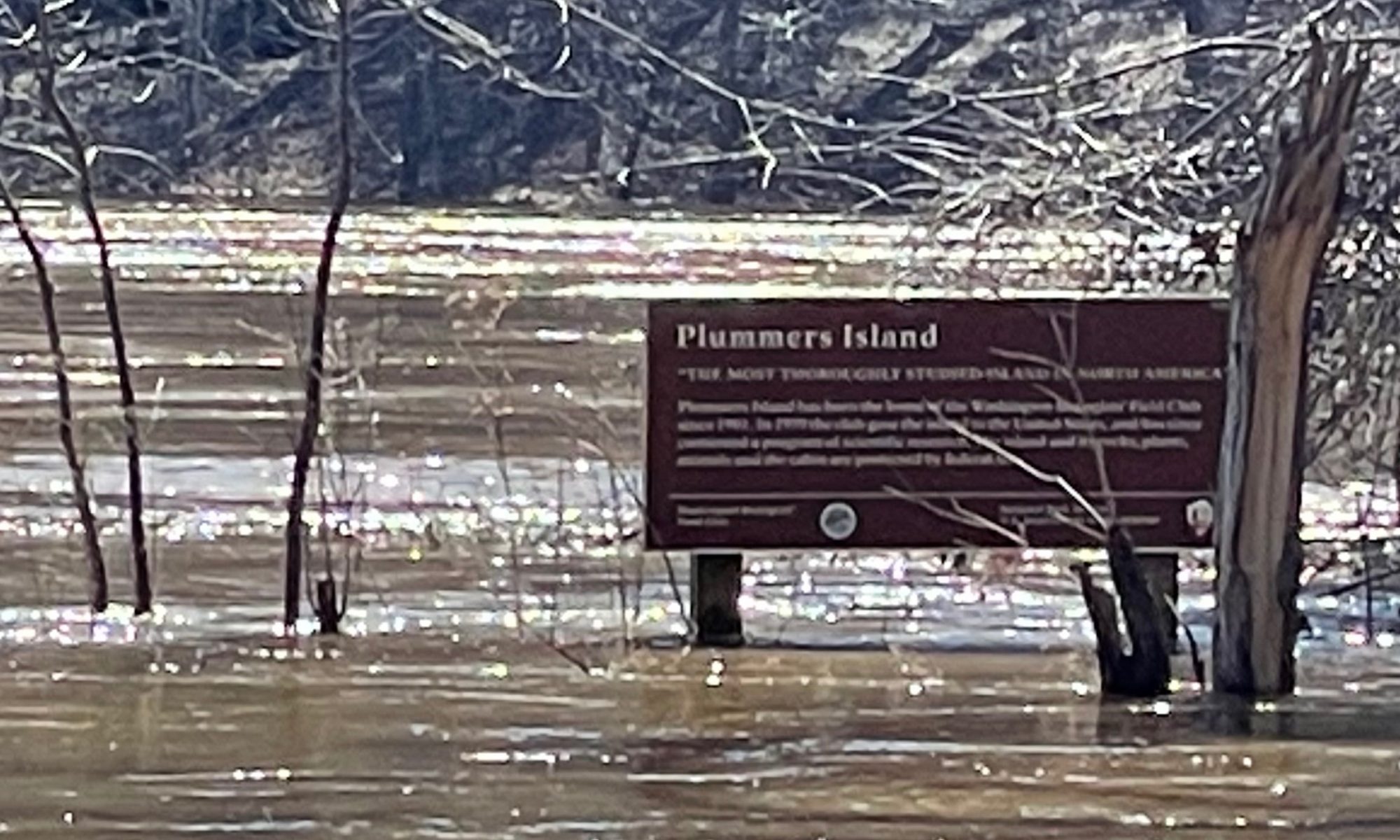
Rasmussen, Daniel I. (Deceased)
Daniel was born in Mount Pleasant, Utah, on May 21, 1903. Living in Utah, he developed an early interest in biology. He attended Brigham Young University and graduated in 1928 with a BS degree in zoology. At the University of Illinois he earned both MS and PhD degrees in 1932 in botany and ecology. His PhD dissertation, Biotic Communities of the Kaibab Plateau, is still quoted and referenced.
He began the Department of Wildlife Management in the Forestry School at Utah State Agricultural College (now Utah State University) in 1934, making it one of the first to offer degrees in wildlife management. In 1935, he was appointed to be the first leader of the Utah Cooperative Wildlife Research Unit. This was the first organization of its type created by the Bureau of Biological Survey (now the U.S. Fish and Wildlife Service), in this case in cooperation with Utah State University. In this position he aided many graduate students with their projects, including studies on expanding deer populations, beavers, waterfowl and other game birds, and fisheries. During this time he also published numerous scientific articles. He received another appointment in 1945, this time to be director of the Inter-mountain Region of the U.S. Forest Service. Then in 1963, he became director of Wildlife Management for the U.S. Forest Service in Washington, D.C. He retired in December of 1967.
Daniel received various awards and honors. He was invited in 1949 to give an address to the United Nations Scientific Conference on Conservation and Utilization of Resources at Lake Success, New York. His address was titled Game and Fur Conservation on Rangelands in the Western United States. In 1952, he was given a certificate of merit from the U.S. Department of Agriculture. Two years later he received the Superior Service Award, also from the U.S. Department of Agriculture, “for valuable contributions in the practical management of wildlife resources through the application of scientific knowledge and a cooperative approach with State agencies and other public and private groups.” Utah State University awarded him the Jim Bridger trophy in 1955 for his work to further teachings and management of natural resources. He also had earned the honor of membership in Phi Kappa Phi, Sigma Xi, Xi Sigma Pi, and Phi Sigma.
He was national vice president of The Wildlife Society from 1950 to 1951, and member of the Wilderness Society, the American Fisheries Society, and the American Society of Mammalogists. Daniel was involved with the North American Wilderness Conference since it began in 1936. He was also the advisor on wildlife management to the third and fourth sessions of the North American Forestry Commission in 1965 and 1967.
“Doc Ras” is remembered as having integrity and being a keen man, as well as being just and fearless in decision making. He was an authority on wildlife management and one of the first to take a scientific approach to the subject, developing various principles and techniques. He is also known to have been “a skilled and learned ecologist long before ‘ecology’ became a common, though still little-understood word.” He died on May 24, 1979, in Ogden, Utah.
He was elected as a member of the Washington Biologists' Field Club in 1967.

